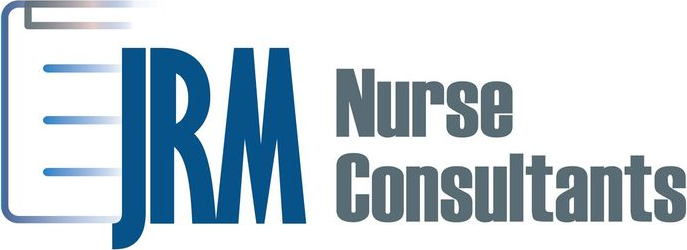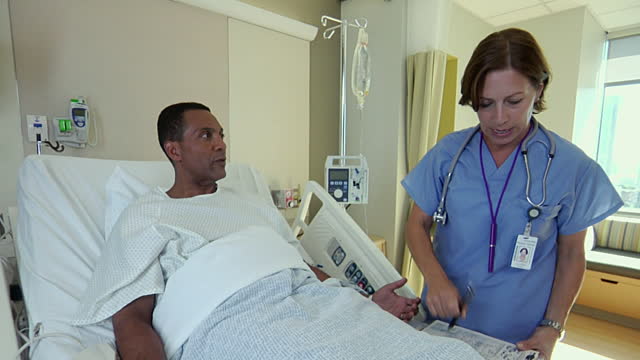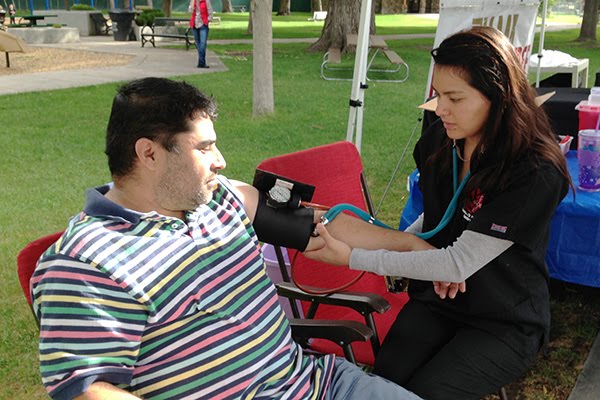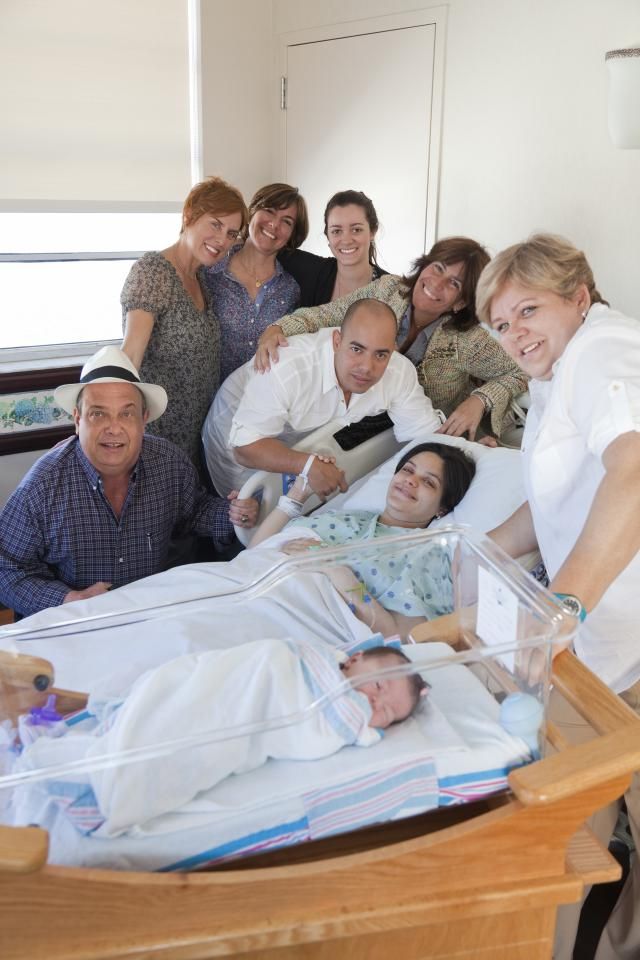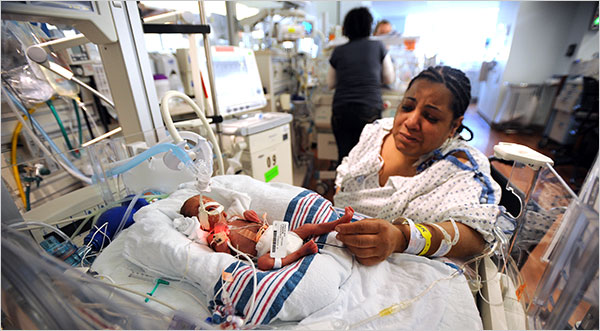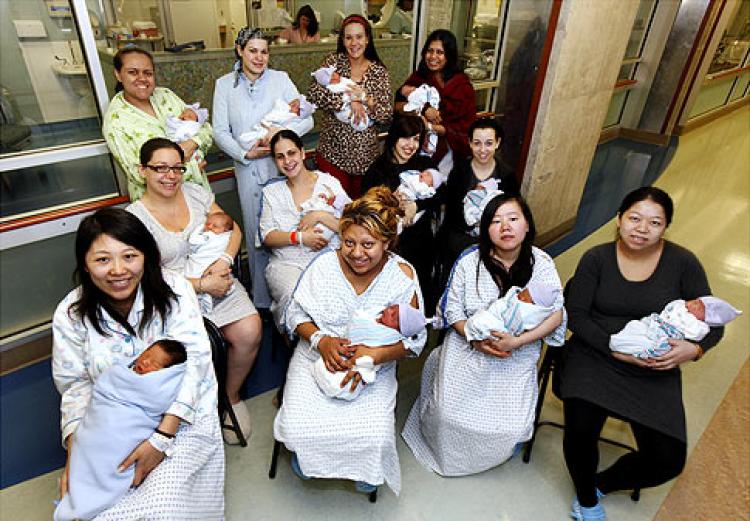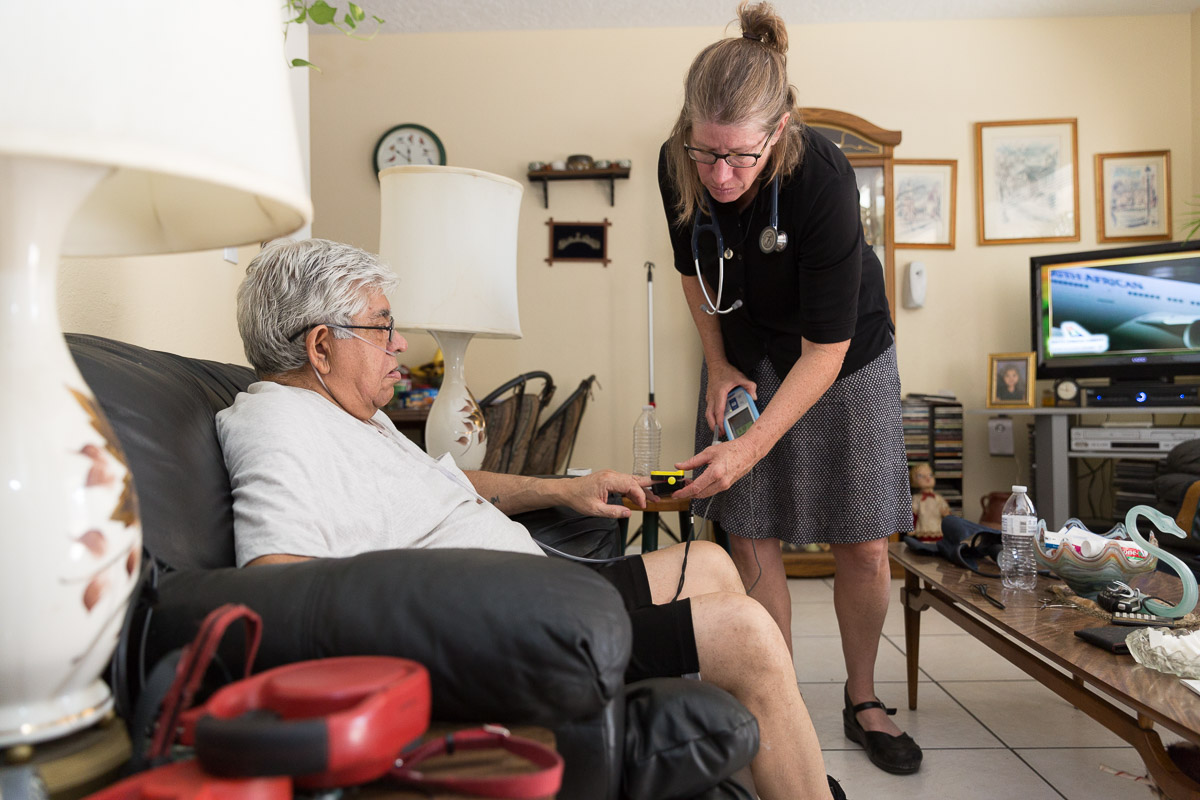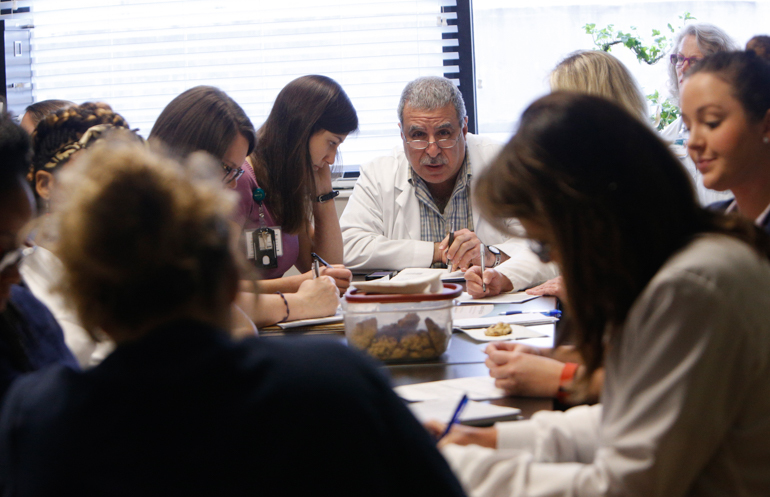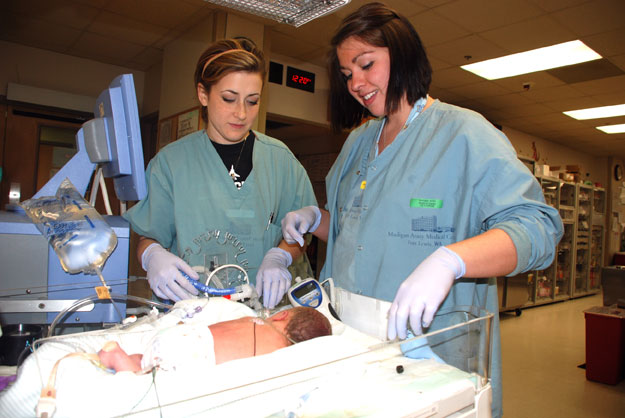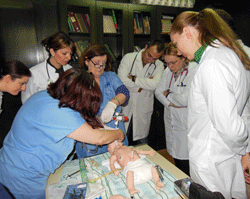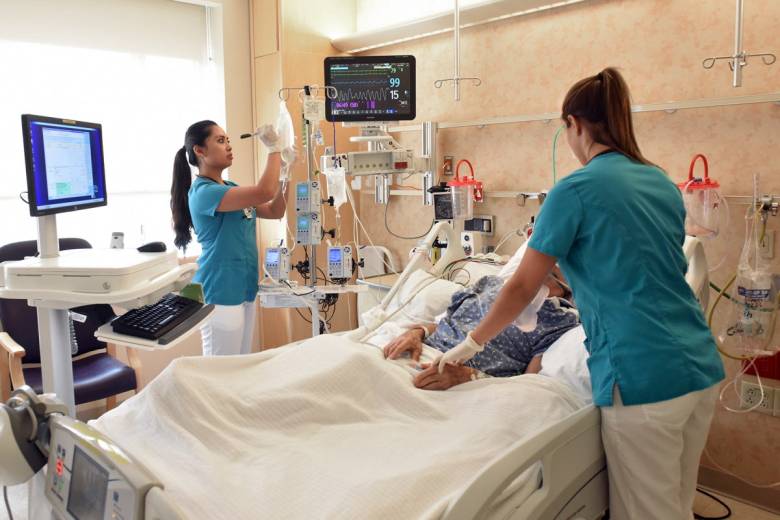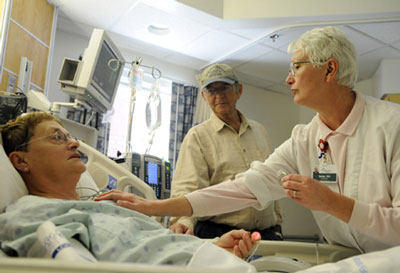In today’s world, there needs to be more education of staff on diversity of cultures. In healthcare it is very important to have all staff, not just nurses, be aware of the different cultures that come in to the hospital, nursing home, rehab centers and doctor’s offices. Health and illness are looked at in many different ways by different cultures. Take for instance the Hispanic population; it is one of the fastest growing ethnic groups in the United States.
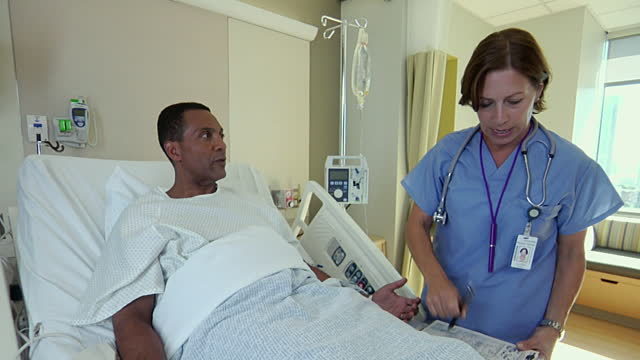
There are many health risk factors in the Hispanic population. Some examples of health risk factors are smoking, uninsured under the age of 65, diabetes, diet, hypertension, obesity and low birth infants. There are also many causes of death seen in the Hispanic population for instance, heart disease, cancer, unintentional injuries, stroke, diabetes complications, chronic liver disease, homicide, influenza, pneumonia and disorders originating during pregnancy.
Hispanics are challenged on a daily basis because they have environmental and community risk factors as well. This group has limited access to healthcare, problems with immigration status, language barriers, cultural barriers, lack of preventative care, and lack of insurance and dangerous work conditions at times.
As nurses we need to be able to provide culturally competent care to our patients. At times rather than just going through the motions of medicating patients, we need to process the information that we are receiving. There are several strategies that we as healthcare workers can use. The first strategy in assuring culturally competent care should be evaluating the healthcare professional’s individual approach to the culture that is being worked with by asking yourself questions. Am I aware of my own biases and prejudices towards the group I am treating? Do I have the knowledge and skill to conduct the assessments that are needed in a sensitive manner? Do I seek out to interact with other cultures other than the ones I am comfortable with? Do I really want to be culturally competent? (Jeffreys, 2008) Another way that nurses can become more culturally diverse is by gaining the patient and family’s trust.
References
Jeffreys, M. (2008, November/December). Dynamics of Diversity Becoming Better Nurses through Diversity Awareness. NSNA Imprint, 36-41. Retrieved from http://www.nsna.org/Portals/0/Skins/NSNA/pdf/Imprint_NovDec08_Feat_Jeffreys.pdf
